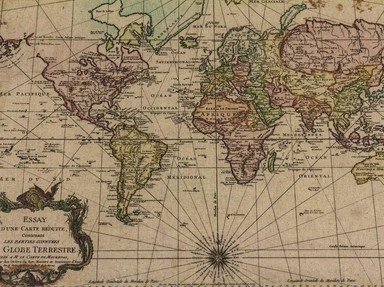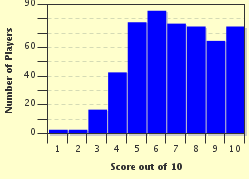Quiz Answer Key and Fun Facts
1. We'll begin our journey in the northern part of Egypt, near the Red Sea. The locals call this mountain "Mt. Musa", but the common name of the site is also the name of a peninsula. Where are we?
2. Now we will make our way to the southern part of Egypt, and travel up the Nile to visit the rest of our sites. We stop at Karnak Temple Complex, which covers approximately 240 acres. The city nearby is called Luxor now, but what was it called in ancient times?
3. Our next site nearby is considered to be one of the world's richest burial grounds, with over sixty tombs having been discovered. On which side of the Nile were the tombs in the Valley of the Kings constructed?
4. We have stopped on the banks of the Nile at a location that is historically important due to the "King List" that was discovered there in a temple. Where are we?
5. As we travel up the Nile, we reach an ancient city that was abandoned and never covered with other buildings. It was the capital of Egypt during the reign of the pharaoh Ikhnaton. Where are we?
6. After leaving the city of Ikhnaton, our next stop upriver is Saqqara, where the great step pyramid was built for the pharaoh, Zoser. This area was the burial ground for the first capital of Egypt, which bears the name of a modern city in the United States. Where are we?
7. On our trip on the Nile, we have stopped in a region known for its pyramids. To be specific, there is one here considered to be "bent" and one that is "red", along with several others.
8. The next breathtaking sight on our tour is the Great Pyramid of Gizeh. On what type of geographic feature was it built?
9. Also located at Gizeh we see the Great Sphinx, which was constructed of what type of sedimentary rock?
10. We have reached the city just south of the Nile River delta, the largest city on the continent of Africa, and are visiting a museum that houses approximately 120,000 relics. Where are we?
Source: Author
ponycargirl
This quiz was reviewed by FunTrivia editor
Tizzabelle before going online.
Any errors found in FunTrivia content are routinely corrected through our feedback system.


